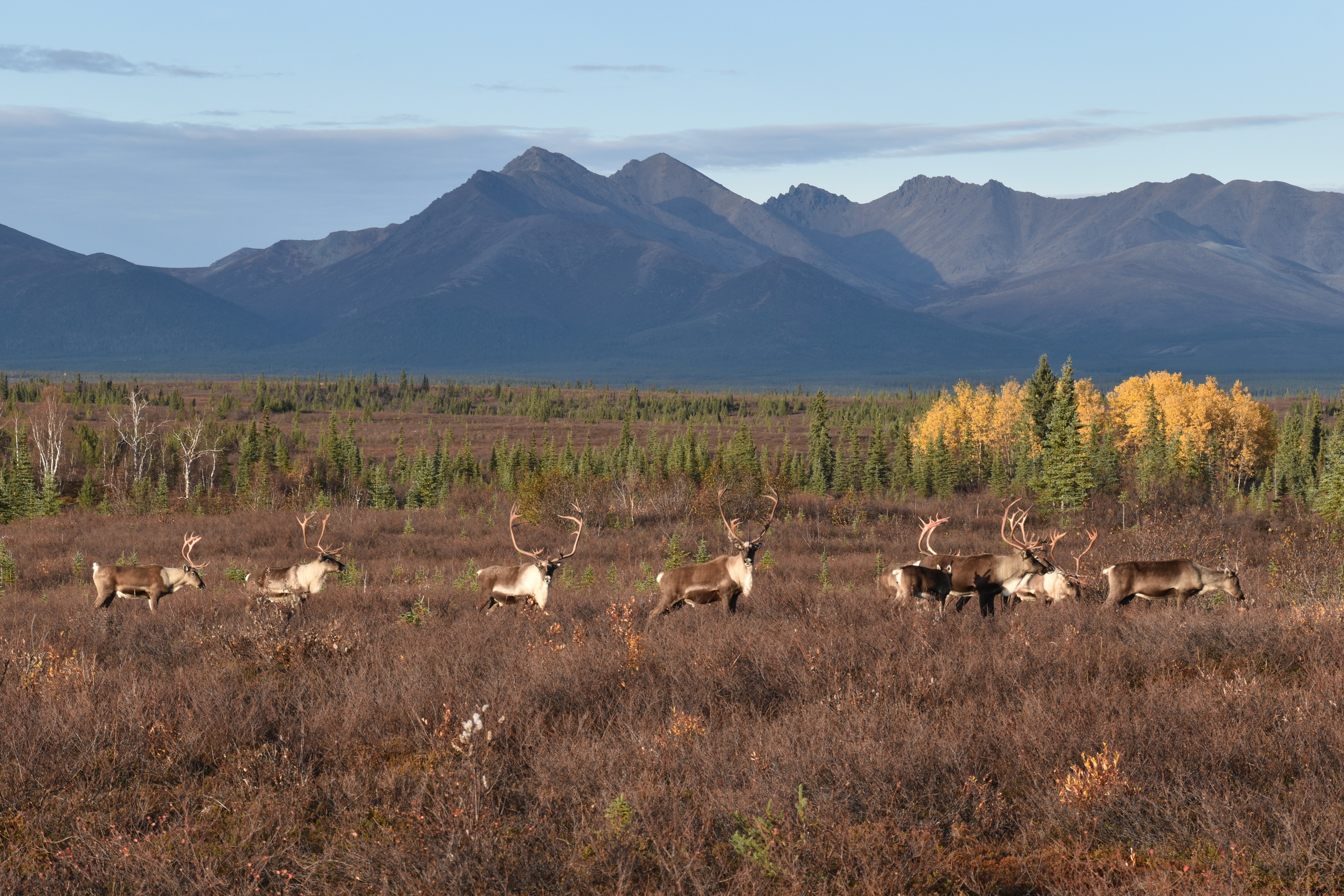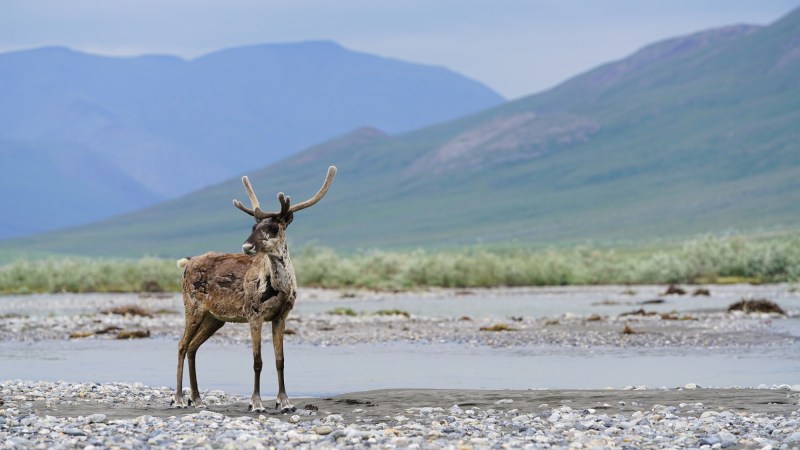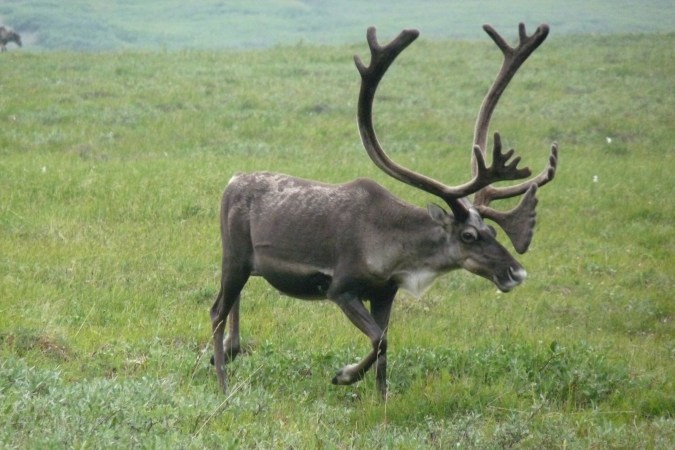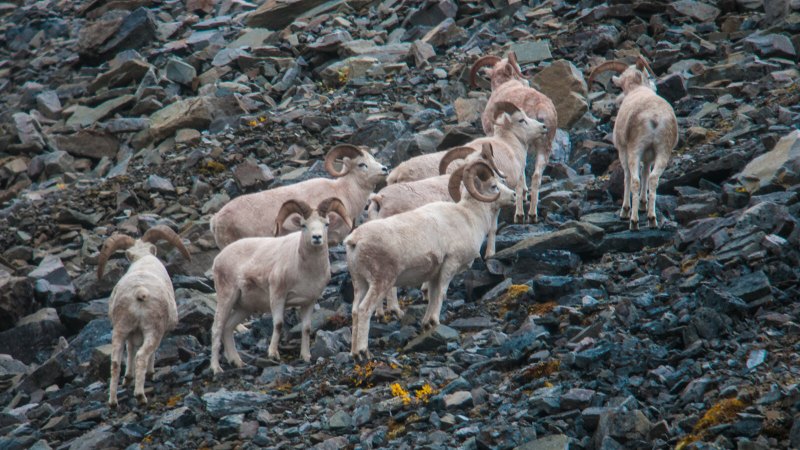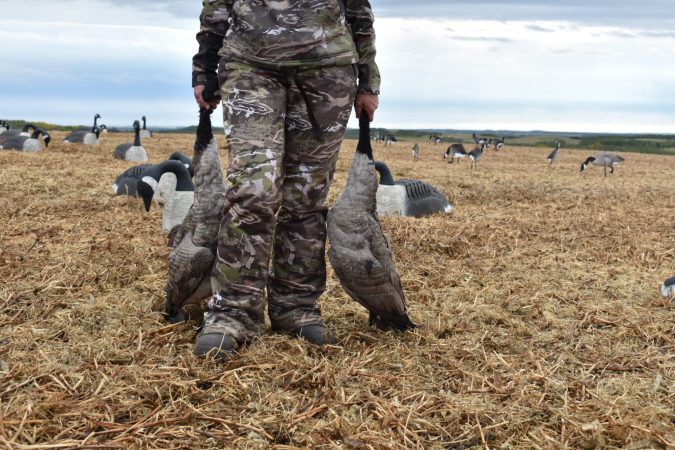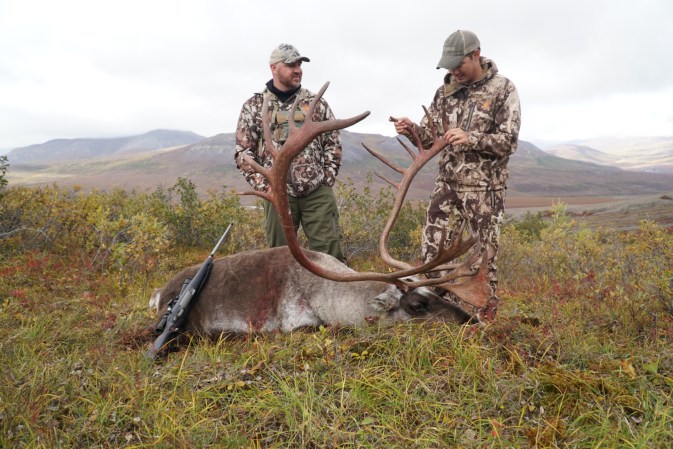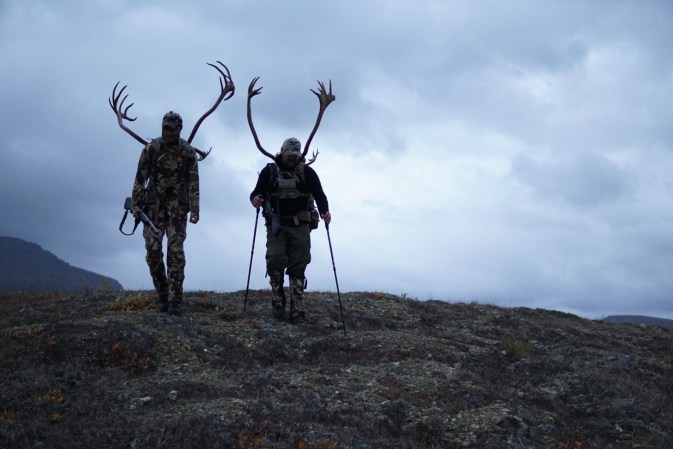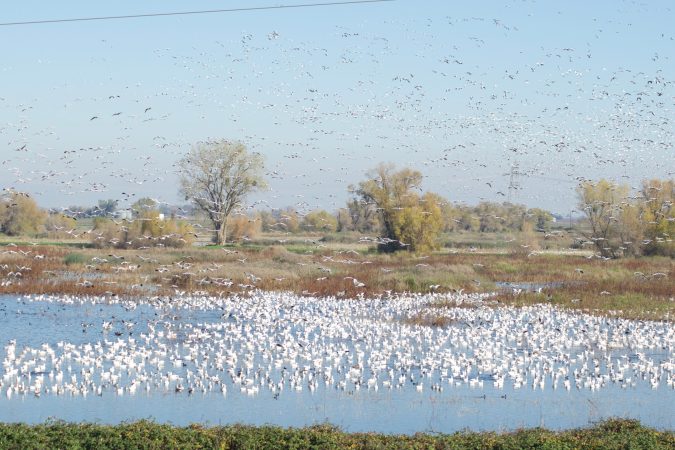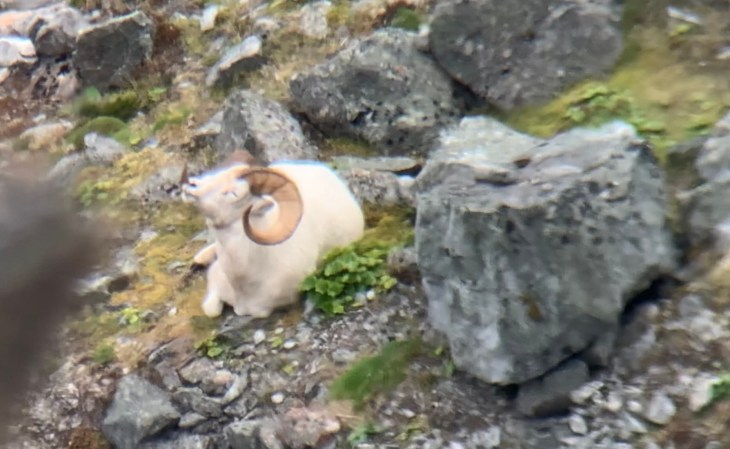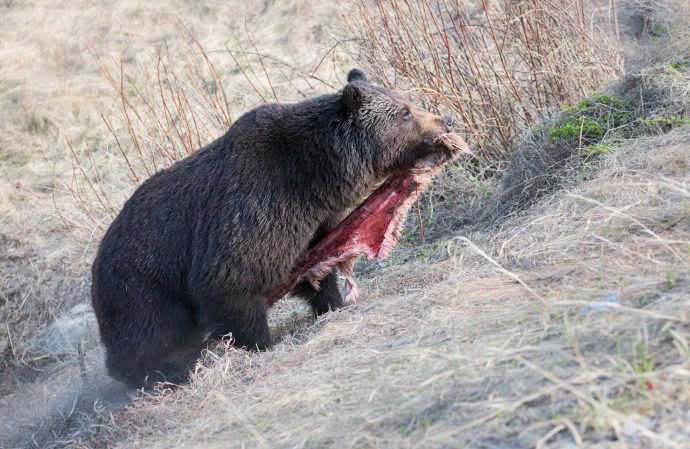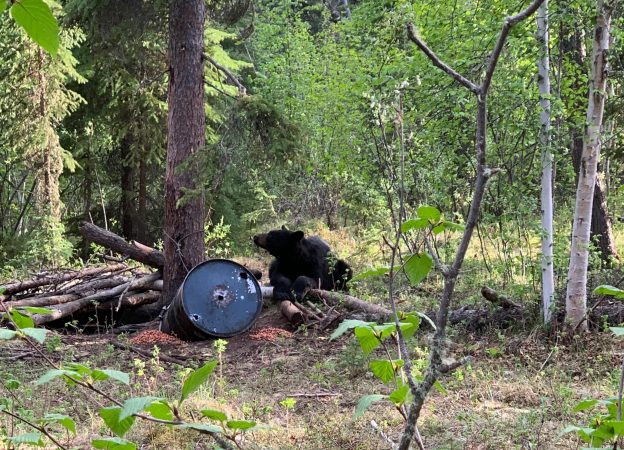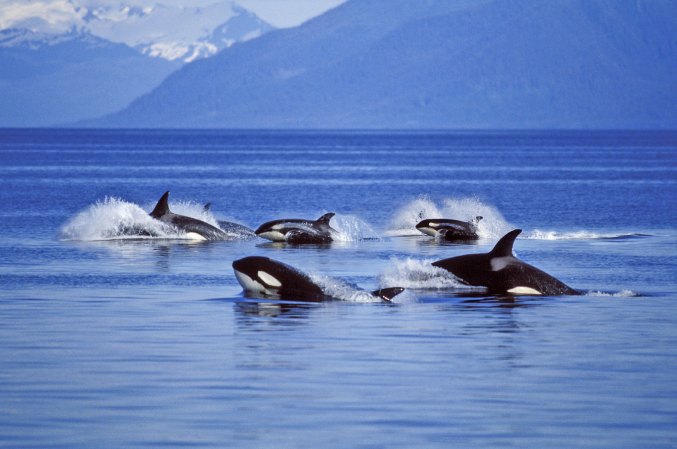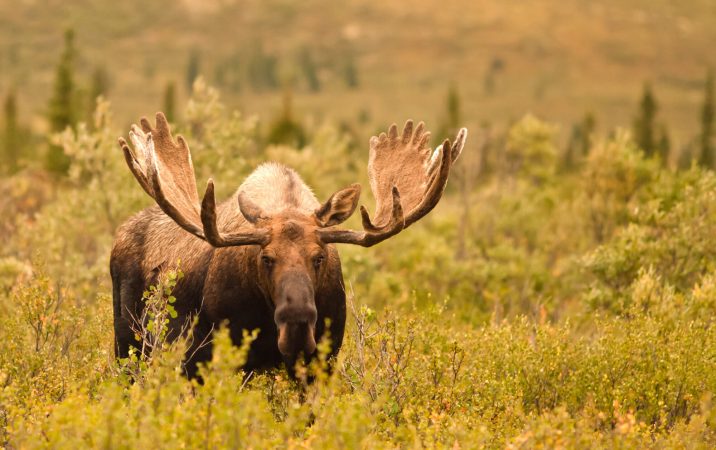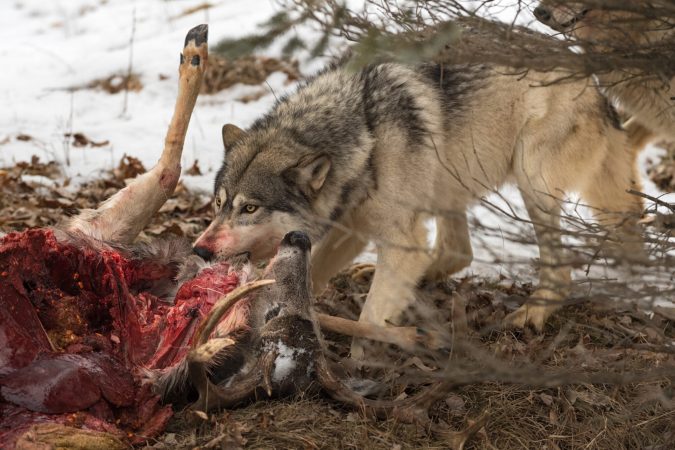Alaska’s remote Western Arctic caribou herd has been a heated topic of discussion in recent years. The herd’s declining population has been the catalyst for massive closures of public lands to non–local hunters — an action that federal land management agencies took through the Federal Subsistence Board. We’ve kept up with these ongoing events for several years and, now, we could see non-resident hunting for caribou in this area eliminated completely.
All the closures to date have been on federal lands only, and non-local resident and non-resident hunters have still been permitted to hunt on state lands. The federal closures are slated to end this year, but many think it’s unlikely that the Federal Subsistence Board will let them sunset with no further action. Now, the Northwest Arctic Caribou Herd Working Group and the same entity that proposed the federal closures, the Northwest Arctic Regional Advisory Council (NWARAC), are asking the Alaska State Board of Game (BOG) to eliminate the non-resident caribou season in the Northwest part of the state via two proposals.
State of the Western Arctic Herd
News to no one: The Western Arctic Herd is still in decline, after peaking at nearly 500,000 animals in 2003. It has experienced a steady decline, and the latest surveys estimate the herd around 152,000 animals according to a report by Alaska Public Media. Managers would like to see the herd at around 200,000 or higher, and current numbers warrant more intensive management under the guidelines of the non-governmental Northwest Arctic Caribou Herd Working Group.
There are a lot of questions around a dramatic population decline such as this. However, it’s important to remember that caribou herds do naturally oscillate greatly in size. The Western Arctic Herd numbered only about 75,000 animals in 1975, after declining from 242,000 in 1970. It then rebounded to 343,000 animals by 1985.
Alaska’s Department of Fish and Game published an informative article in August 2023 that details the latest status of the herd and provides some of the context behind the numbers. Ultimately, no single factor seems to be causing excess mortality, but the survival rate of mature cows — the driving force behind herd numbers — is currently too low to support herd growth.
Across Alaska, caribou herds are subject to constant cycles of growth and decline. Along with these population changes, it’s important to note that caribou will also change their range and migration habits over time. There are good reminders of this in a story by Frank Glaser, written by Jim Rearden in the January, 1956 issue of Outdoor Life. The story talks about Glaser’s experiences with caribou, including a time when a herd he describes as “a mile wide and nine miles long” showed up outside the town of Healy in 1926. Glaser spent 40 years living in Alaska’s wilderness and says the following about caribou:
“For years they’ll move into a region each winter until you think you know what a given herd will do. Then suddenly, for no apparent reason, they’ll disappear. Caribou won’t be seen in that area for years. Sometimes caribou migrate in straggled bands; other times they’ll crown into a massive herd.”
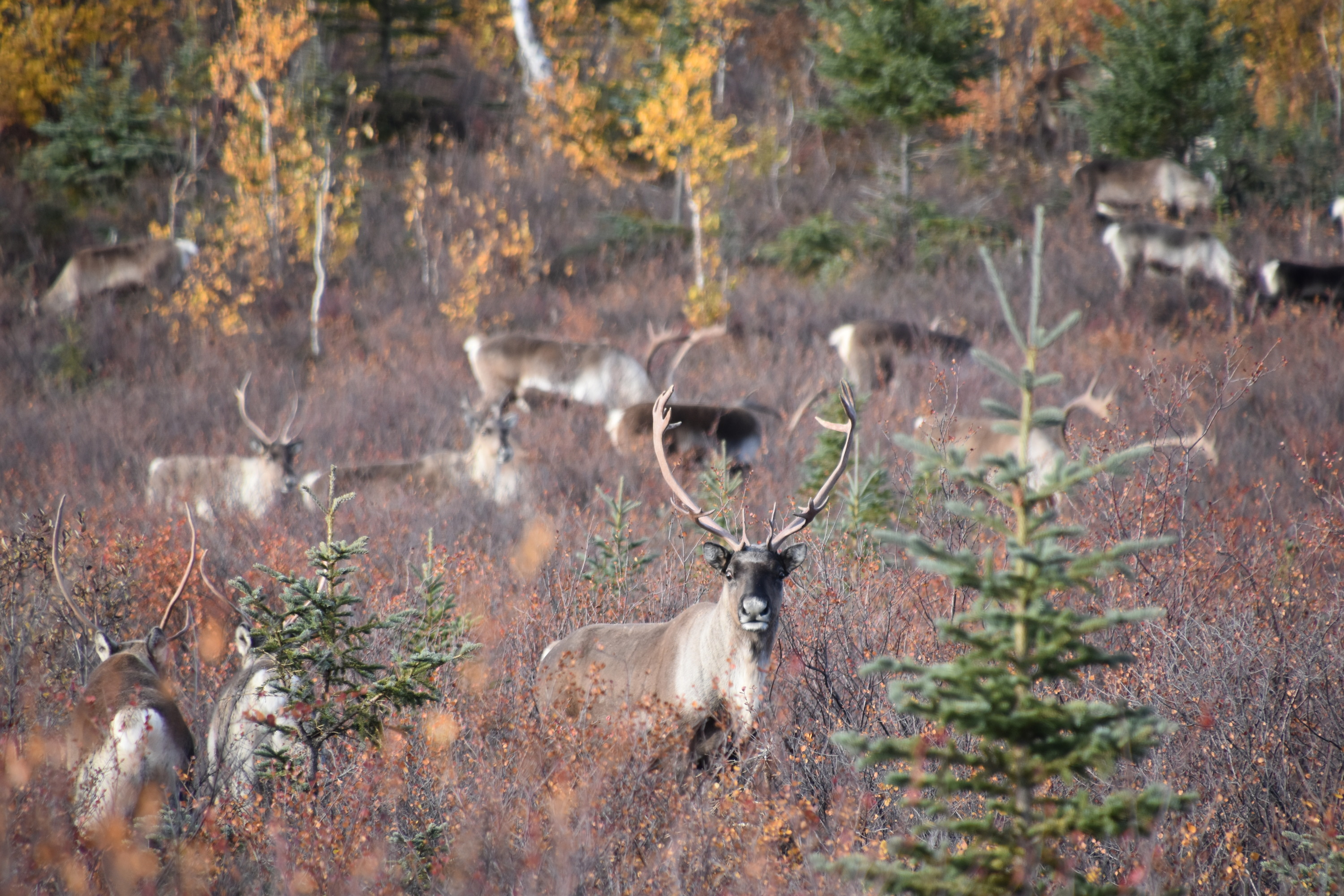
Non-Residents Aren’t to Blame for Declines
There are many reasons to watch the Western Arctic Herd with a concerned eye. The declines are a real quandary for folks who’ve had caribou migrate within easy reach for 20 or 30 years. This doesn’t mean the herd is doomed, however, and eliminating non-resident hunting isn’t going to reverse these declines.
In fact, nonresidents have very little impact on the caribou herd at all. Since 2016, non-resident and other non-local hunters have tallied an annual harvest of approximately 250 caribou — nearly all bulls — according to ADF&G biologist Alex Hansen, who spoke with OL for a 2022 story on the subject. That number is almost certainly lower in recent years since the federal land closures were enacted. Estimates from the same time period put the annual subsistence harvest at between 10,000 and 14,000 animals, many of which were cows and calves. Remember, cows and calves are key to maintaining or increasing herd numbers.
Proposals 3 and 38: Closure for Non-Residents
As part of the regulatory process in Alaska, the Board of Game has regular meetings and considers proposals for regulation changes. Anyone can submit a proposal, which allows the public a great opportunity to participate in the wildlife management process and enact meaningful change in the hunting and trapping regulations. This also means that the BOG regularly fields a number of outlandish, crackpot proposals that would never pass muster. Regardless, each proposal is considered and a quick vote can pass it.
Proposals 3 and 38 will be debated and voted on during meetings that are scheduled for Jan. 26-29 in Kotzebue. If passed, proposal 3 would close Units 21D Remainder, 22, 23, 24B Remainder, 24C, 24D, and 26A to all non-resident caribou hunters. Proposal 38 would close Unit 23 to non-resident caribou hunters. Proposals 2, 36, and 37 would reduce bag limits for resident hunters, but it’s unclear whether those reductions would have any impact on the subsistence harvest on federal lands.
State regulations currently allow five caribou per day (cows or bulls) for residents, with a year-round season on bulls, and a seven-month-long season for cows. The Federal Subsistence regulations also allow five caribou per day with a year-round season for bulls, and an eight-month-long season for cows.
If approved, either of these proposals (3 and 38) would result in one of the most widespread losses of hunting opportunities for non-residents that the state has ever seen — with little evidence to support it.
Lost Opportunity
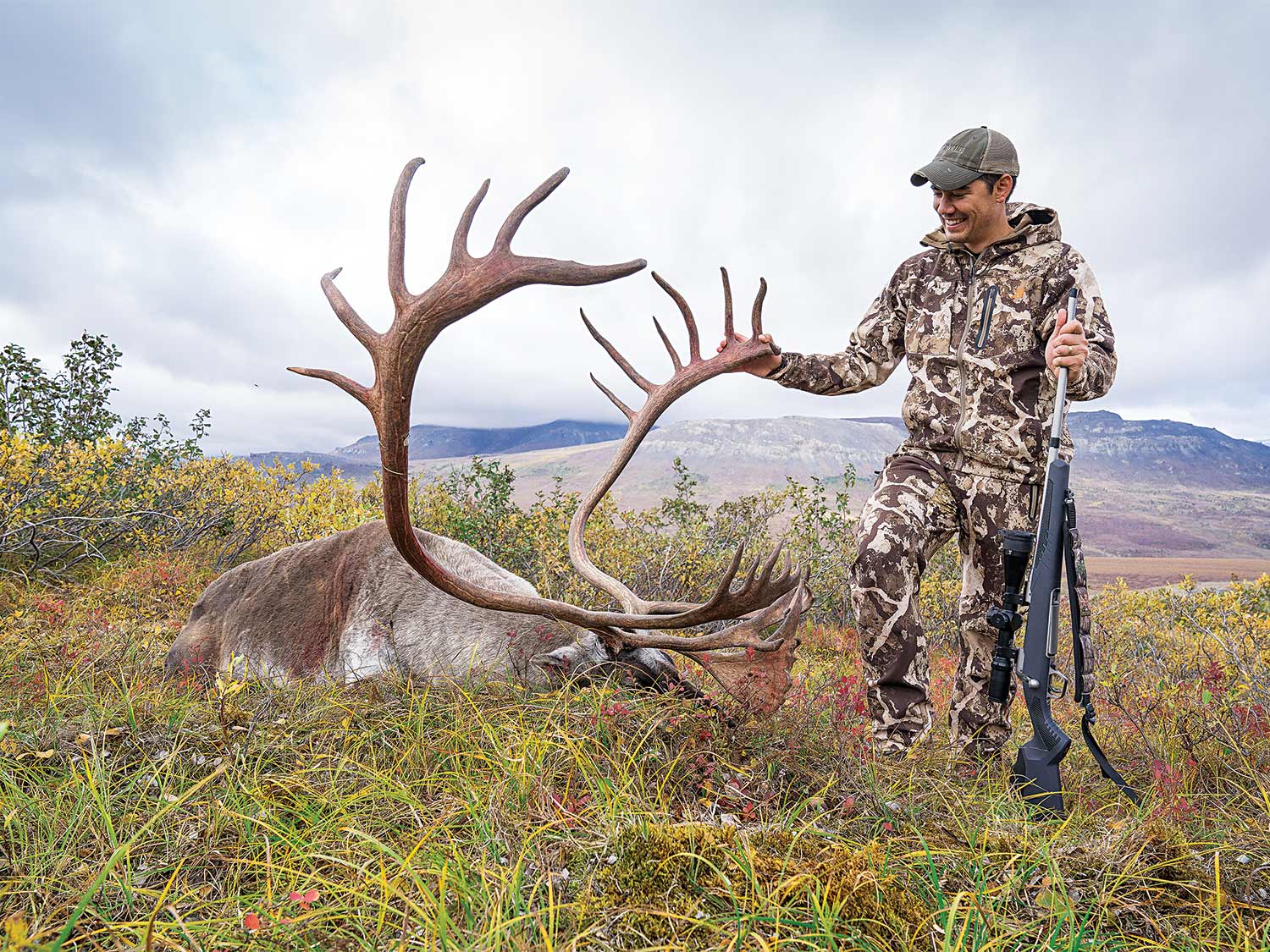
Caribou hunting in northwest Alaska represents one of the last relatively affordable opportunities for Lower 48ers to chase the species. There are currently a couple charter services out of Kotzebue that cater to unguided non-resident hunters. These services will fly you into a migration area, drop you off, and then pick you up about five to seven days later. Costs for this kind of hunt in 2024 are about $6,000. While that’s significantly more expensive than it was just a few years ago, it’s still much less expensive than guided caribou hunts, which can cost $13,000 or more. Success rates for these chartered, unguided hunts are typically 90 to 100 percent for the area, and hunters from outside Alaska are only allowed to take bulls.
With recreational caribou hunting closing in Quebec in 2018 — which had been one of the most popular and affordable caribou hunts in the early 2000s — there are diminishingly few affordable options that don’t require a guide.
Even though non-resident caribou hunters take an inconsequential number of animals, hunting cultures collide in the region when non-residents come to town. Non-residents are often perceived as interloping trophy hunters, despite the fact they are required by law to fly out all usable meat from their caribou, including the intact rib cage.
Public Comment
The State of Alaska Board of Game is accepting public comment on all proposals for the Western Arctic/Western Region meetings until January 12, 2024.
The Board of Game provides an easy, effective way for you to state your support or opposition to these proposals. You can let your voice be heard by submitting your written comments here.
— Alex Robinson contributed to this report.

